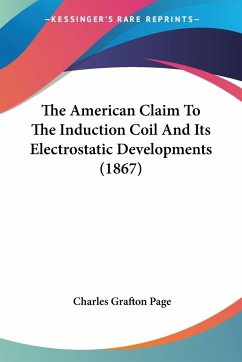Electrostatic precipitators (ESPs) are a class of efficient particle devices that enjoys a wide usage in industrial environments to regulate fly ash produced by combustion processes. They are becoming more prevalent, especially as the atmosphere particle emission environmental regulations are consistently getting tighter and interest in the filtration of fine particle removal is at all-time high. The precipitation process is conducted by utilizing an electrical field to ionize and transport the flow particles, also known as flue gas. This results in a clean, precipitated gas. ESPs are preferred over other alternatives mainly due to their low pressure drop of the flow, while retaining high collection efficiency, all while being cost-effective. This book reviews previous works concerning optimizing the performance of single- and multi-stage ESPs by studying the impact of changing various design parameters and evaluating their respective effects on different performance indices. Some of the performance parameters considered are the corona power ratio, current-voltage (I-V) characteristics, and overall collection efficiency. Various modeling methodologies are thoroughly discussed, showcasing the timeline of their development, their inherent shortcomings and how these are alleviated in more developed models. The relationship between the electrohydrodynamic (EHD) flow and the precipitation performance in these models is also presented. As for design considerations, the performance effects of using different electrode configurations and geometries in terms of the number of electrodes, relative dimensions, spacings, channel lengths, and overall design are also reviewed.
Hinweis: Dieser Artikel kann nur an eine deutsche Lieferadresse ausgeliefert werden.
Hinweis: Dieser Artikel kann nur an eine deutsche Lieferadresse ausgeliefert werden.








